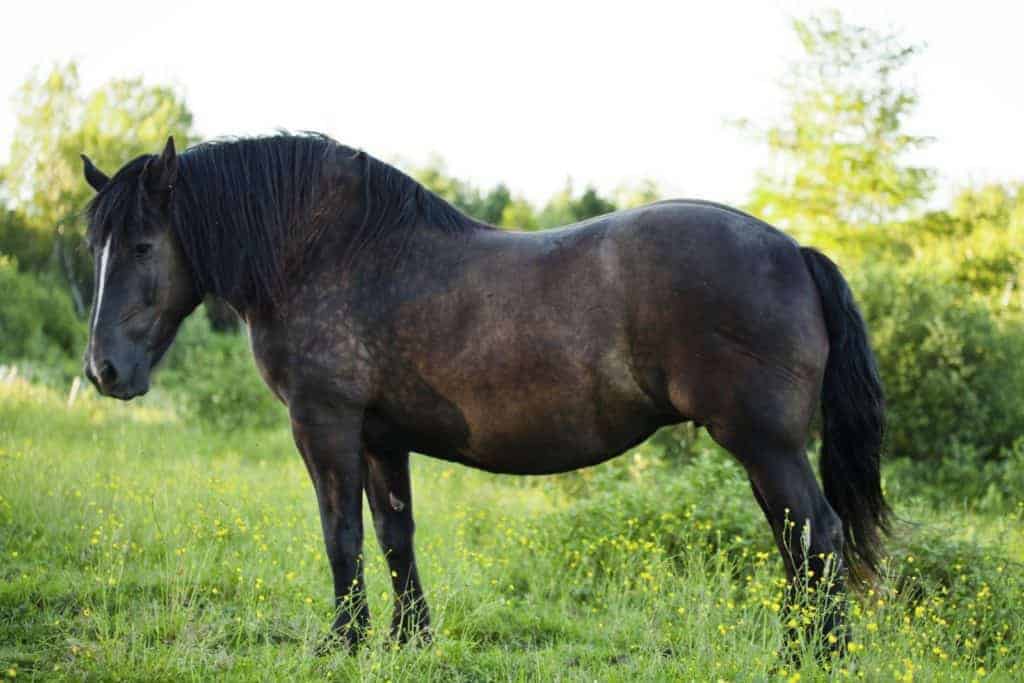
Studies Show How to Reduce Serious Risks Posed to Fat Ponies
Owner-managed weight loss in horses with EMS reduced both insulin resistance and susceptibility to laminitis.

Owner-managed weight loss in horses with EMS reduced both insulin resistance and susceptibility to laminitis.

The new body condition index is designed to enhance the value of traditional body condition scoring.

Risk factors identified include height, a previous history of laminitis, breed, herd size, and more.

Equine metabolic syndrome doesn’t just cause equids’ girths to expand; it can also lead to other health conditions.

Researchers found the muzzles reduced horses’ grass consumption by 30% but did not impact the animals’ forage choice.

Equine metabolic syndrome and Cushing’s disease prevention start from birth and include regular veterinary exams and proper nutrition.

Of the 991 respondents, 26% said they’d reduce their horses’ turnout time to reduce spring pasture intake.

Vets have made great strides in EMS diagnosis and management, but there’s still much work to be done.

Tailored hoof care and husbandry practices could help affected horses return to health.

Dr. Erin Denney-Jones talks about obesity in horses, different problems that can be caused by obesity, and how to tell if your horse is overweight.

One researcher says it’s unlikely that every obese horse is at risk of developing EMS and laminitis.

The risk factors associated with laminitis are many. But which are most important for owners to watch for?

Geor’s lecture will focus on obesity, insulin resistance, and how these conditions relate to laminitis.

The events will feature lectures on university programs, equine reproduction, and horse management issues.

Of the 688 voters, 77% indicated they had, at one time or another, used a diet to reduce a horse’s weight.

Caring for Miniature Horses is similar to managing big horses–they need good nutrition, housing, farriery, and vet care. However, these tiny equids do require some special considerations, too.
Stay on top of the most recent Horse Health news with
"*" indicates required fields